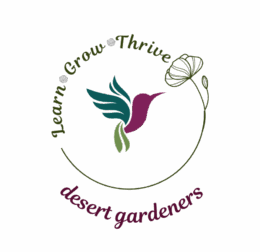When you picture a desert, what does your mind’s eye see? For many of us, it’s endless sand dunes and no vegetation. Or perhaps it’s rocky cliffs and canyons, forbidding and bleak.
That’s not what most deserts are like, and the deserts and drylands of North America are decidedly different from this perception. The Sonoran Desert, where I live, is what most would call a lush desert, with remarkable plant and animal diversity.
So how do scientists define deserts? Deserts, also referred to by scientists as arid lands or drylands, get less water through precipitation (rain and snow) than they lose through evaporation and transpiration (the loss of water from plants). Thus, arid lands are always behind on their water budget, so to speak.
Scientists measure the ratio of precipitation to evapotranspiration (the combination of evaporation and transpiration) as the aridity index (AI). Drylands, in scientific parlance, have an aridity index between 0.65 and 0.05. They fall into one of four categories: dry and sub-humid; semi-arid; arid; and hyper-arid.These four types of arid lands take up 40% of the Earth’s surface, and about 3 billion people live in them (see map).

Image Credit Dorhodor via Wikimedia Commons.
Deserts tend to be located in the same spots around the globe, as can be seen on the map. This is because of the way that temperature and water cycle through our atmosphere (for more on this see this great short video from Britannica about the Hadley Cell circulation). Most arid lands are in subtropical zones, which means they are a certain distance away from the equator.
Another factor that influences where deserts form is how far they are inside a large continent. The interior of continents tend to be drier than the coasts (see Australia, Africa, and Asia on the map). In addition, areas that are inland of high mountain ranges tend to be dry. This is because moisture coming in off the ocean cools as it goes up the mountain chain and precipitates all of its moisture on the coastal side of the mountains.
In North America, we have four deserts which are all contiguous with each other:
-The Chihuahuan Desert (semiarid)
-The Sonoran Desert (semiarid)
-The Mojave Desert (semiarid and arid)
-The Great Basin Desert (semiarid and arid)
Drylands tend to be vulnerable to development, particularly excessive farming and grazing. They also tend to be appealing to mining companies, because the minerals are easier to find and the regions tend to be less densely populated (thus reducing community opposition to mining). They are also proving to be vulnerable to climate change. For these reasons, the ecosystems in deserts and drylands are among the most threatened on the planet.
Which is where you, the gardener, come in! By planting plants native to your desert you can help restore these fragile ecosystems and provide habitat and food for the millions of unique creatures that live in them. You will also spend a lot less money on watering your landscape and will lose the frustration of trying to grow a plant that does not belong in a dry ecosystem.



